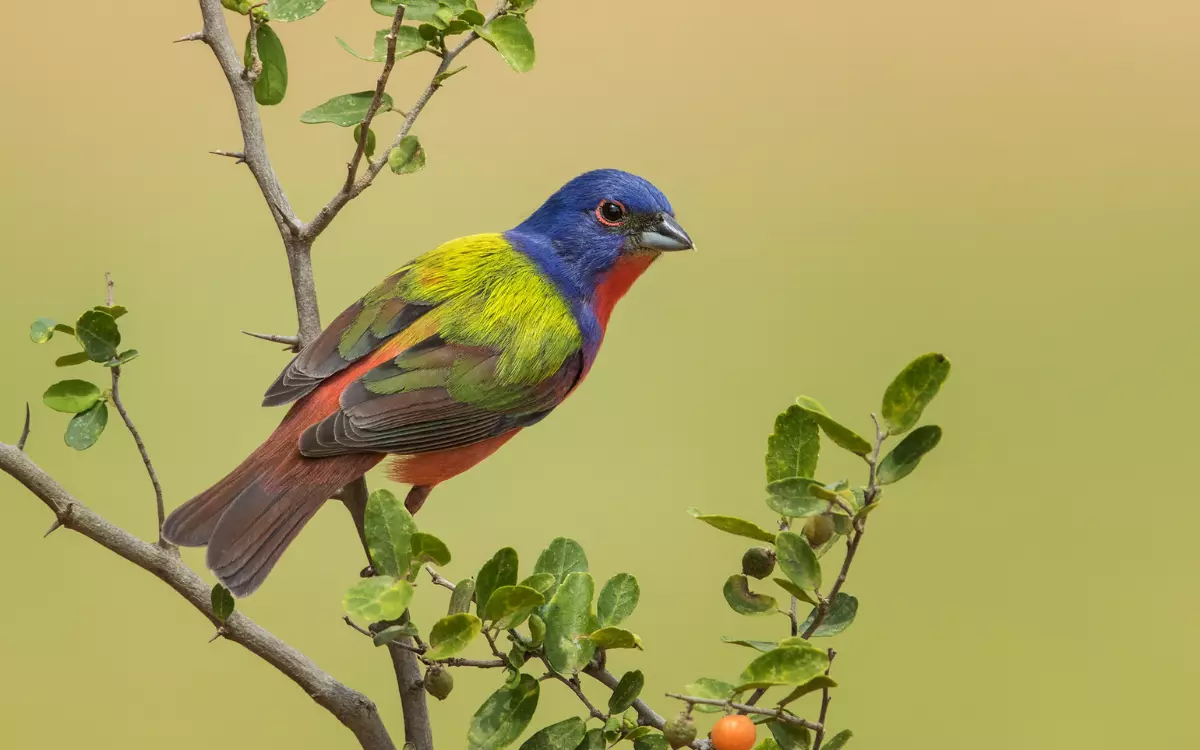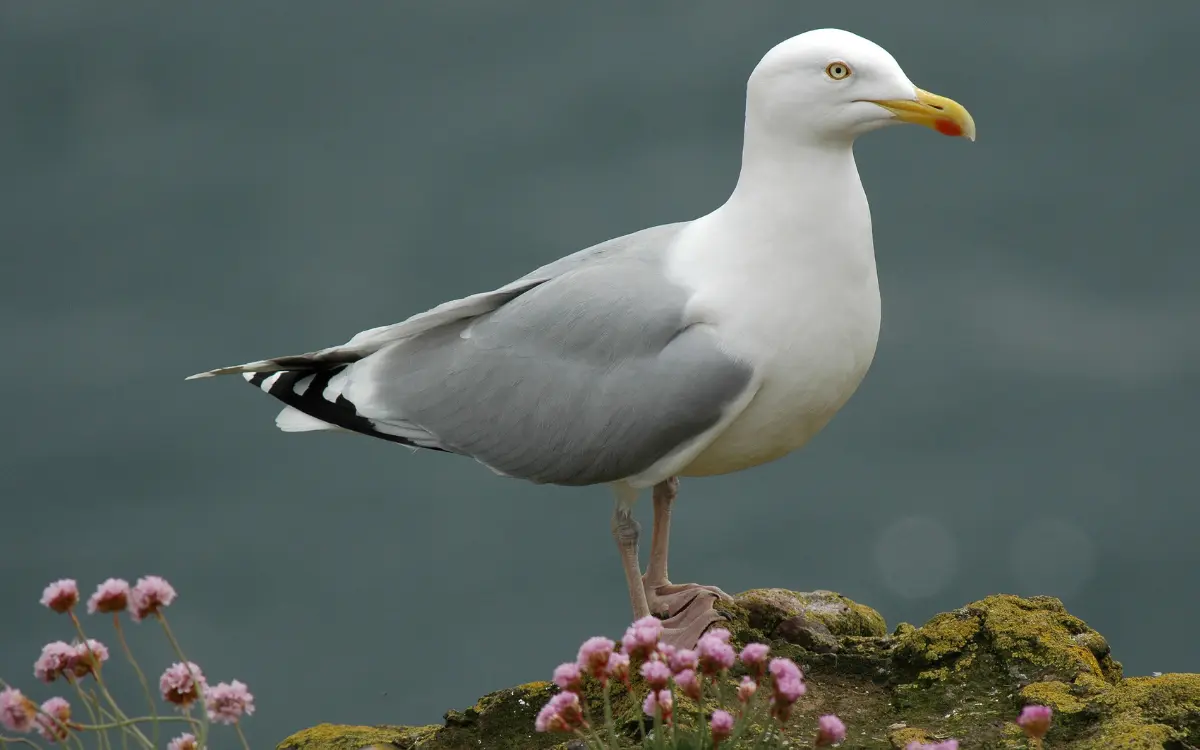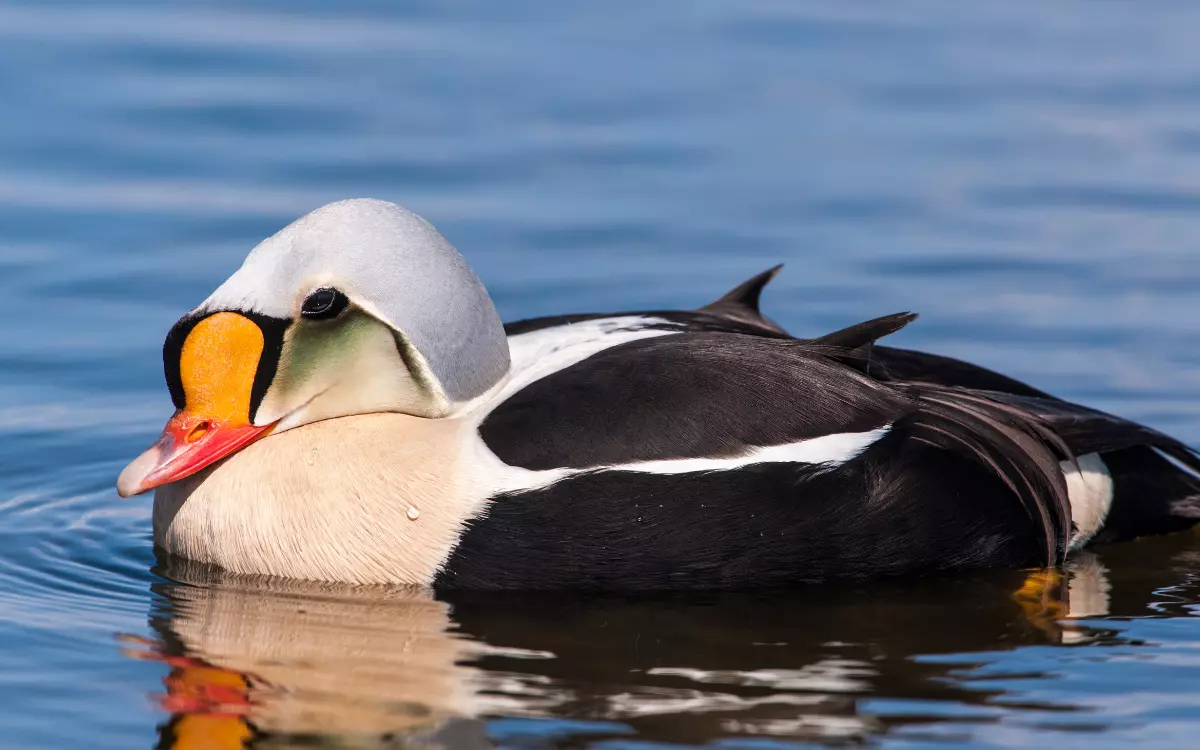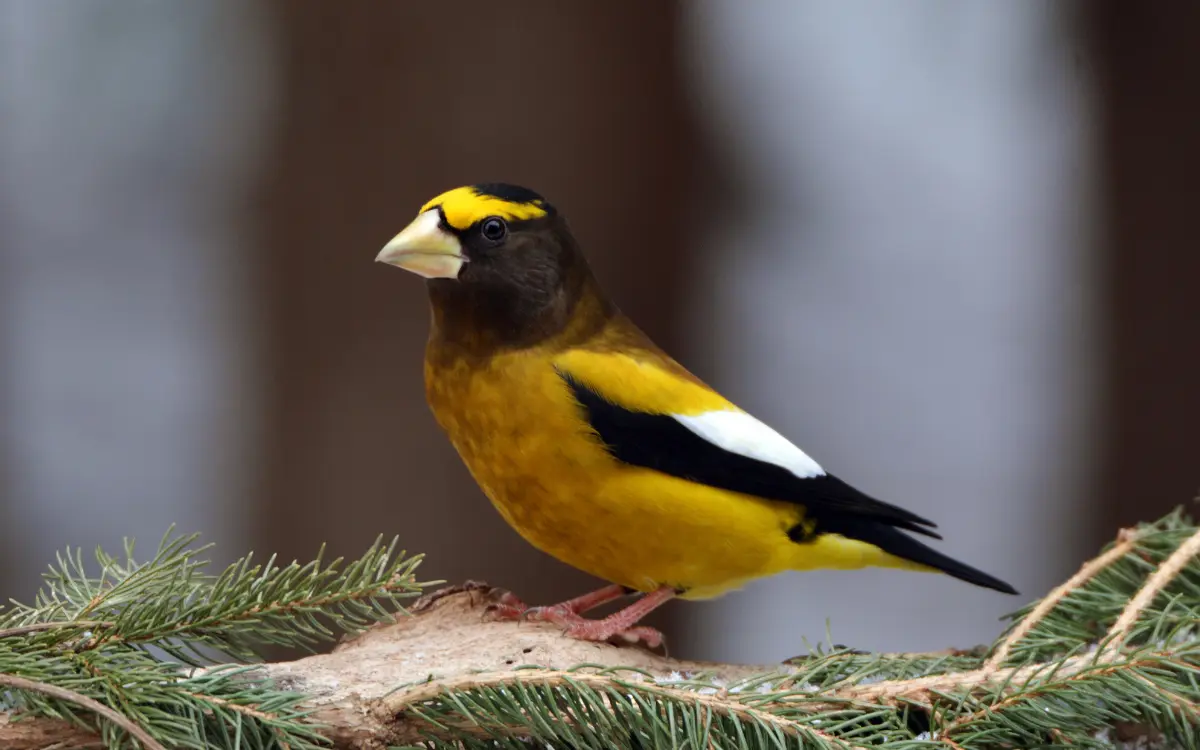6 Geese in Arkansas: A Guide to Species
Arkansas is a key stopover for migrating waterfowl, sitting right along the Mississippi Flyway. Every year, thousands of geese gather in the state’s rice fields, wetlands, and reservoirs, making it a prime destination for birdwatchers and hunters alike. Six main species of geese are known to occur in Arkansas: the Canada Goose, Snow Goose, Greater White-fronted Goose, Ross’s Goose, Cackling Goose, and the introduced Egyptian Goose.
This guide introduces each species, explains their seasonal presence, and highlights the best places to see geese in Arkansas.
Canada Goose
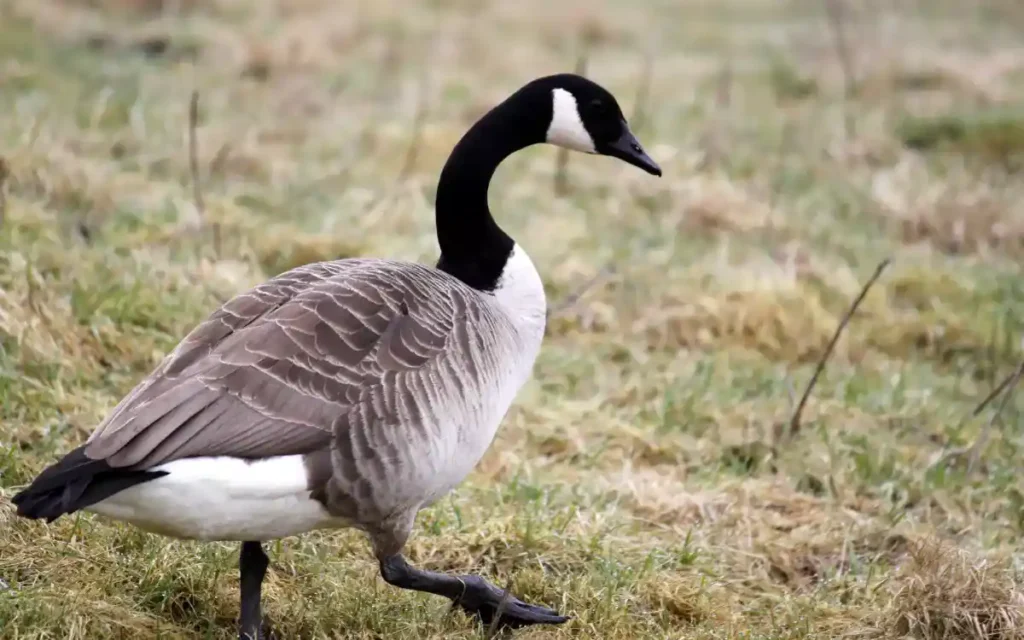
The Canada Goose is perhaps the most familiar goose in North America, and Arkansas is no exception. These large, long-necked birds are often seen grazing on grass around lakes, golf courses, and farm fields. With their black head and neck, white chinstrap, and brown body, they are easy to identify.
Many Canada Geese migrate through Arkansas, but growing numbers now stay year-round. Some have adapted well to urban environments, nesting in city parks and ponds. In winter, large flocks mix with Snow Geese and Greater White-fronted Geese across the Delta.
Snow Goose
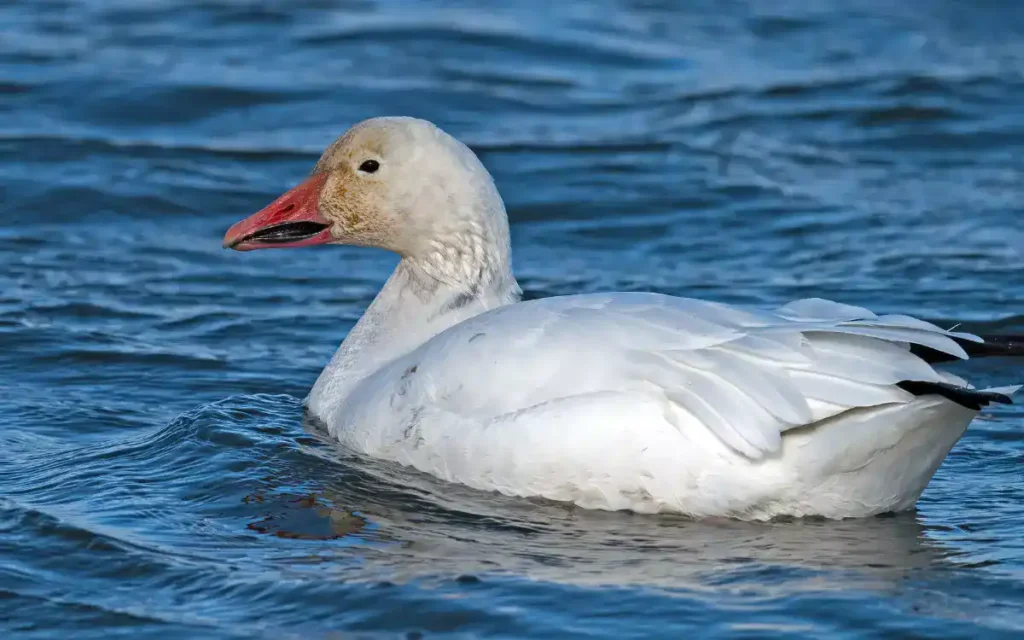
Snow Geese are among the most abundant geese in Arkansas, especially in winter. During migration, massive flocks sometimes numbering in the tens of thousands descend on rice fields and wetlands, creating one of the most spectacular birding sights in the state.
There are two color morphs: the more common white form, with black wing tips, and the darker “blue goose” form, with a white head and dark gray body. Both types mingle together in the same flocks. Snow Geese are highly vocal, and the roar of a feeding flock can be heard from a great distance.
Greater White-fronted Goose
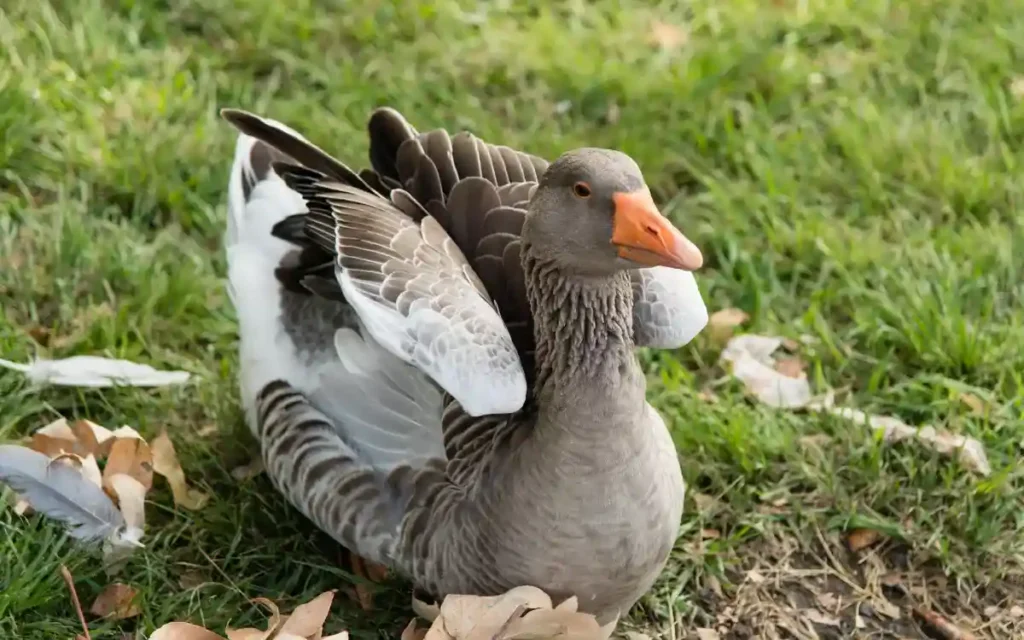
Known locally as the “Specklebelly,” the Greater White-fronted Goose is a regular winter visitor to Arkansas. They are smaller than Canada Geese and can be identified by their orange bill, white patch at the base of the bill, and dark barring across the belly.
Specklebellies often mix with Snow Geese but tend to form tighter family groups. Arkansas hunters are particularly familiar with this species, as it is one of the most sought-after waterfowl during the season. Birders can find them in flooded rice fields, reservoirs, and wildlife management areas.
Ross’s Goose
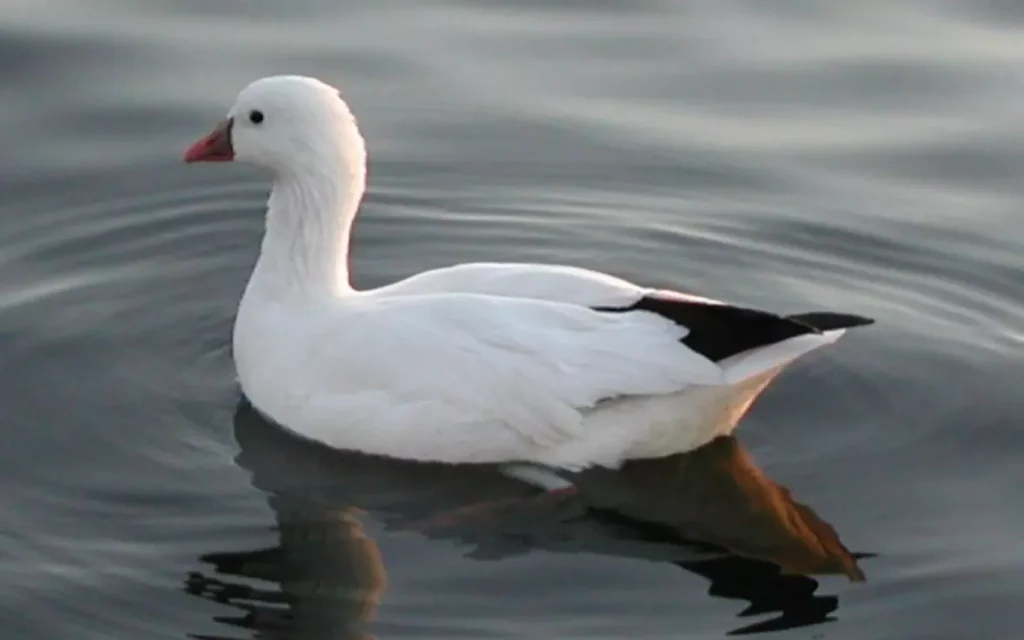
Ross’s Goose looks like a miniature Snow Goose. Compact and small-bodied, it has a short, stubby bill without the “grin patch” seen on Snow Geese. The two species often flock together, making side-by-side comparison possible for careful observers.
In Arkansas, Ross’s Geese are most often seen in winter, particularly in the eastern part of the state where rice fields and wetlands provide feeding grounds. While their numbers are smaller than Snow Geese, they are steadily increasing in the Mississippi Flyway.
Cackling Goose

Once considered just a small form of the Canada Goose, the Cackling Goose is now recognized as a separate species. In Arkansas, it appears mostly during migration, often mixed in with Canada Goose flocks.
Cackling Geese are noticeably smaller, with shorter necks and stubbier bills. From a distance they can be hard to separate from their larger cousins, but close observation reveals their compact build. Winter birders in Arkansas sometimes report them in mixed flocks near large reservoirs and agricultural fields.
Egyptian Goose

The Egyptian Goose is not native to North America, but introduced populations have established themselves in parts of the southern United States. In Arkansas, sightings are occasional and usually linked to escaped ornamental birds from collections or private ponds.
They are striking birds with chestnut patches around the eyes and wings, and they resemble no other goose species found in the state. While not a regular migrant like the others, they are increasingly reported and may slowly become more common.
Best Places to See Geese in Arkansas
Geese are widespread during the winter months, but the most spectacular gatherings happen in the Delta region, where flooded rice fields and wildlife refuges provide rich feeding areas. Key spots include:
- White River National Wildlife Refuge – excellent for Snow Geese, Ross’s Geese, and Specklebellies.
- Cache River National Wildlife Refuge – major wintering grounds along the Mississippi Flyway.
- Bayou Meto Wildlife Management Area – known for large mixed flocks in winter.
- Holla Bend National Wildlife Refuge – popular with birders for close-up goose watching.
Urban areas like Lake Conway, Beaverfork Lake, and city park ponds often host Canada Geese year-round.
Migration and Seasonal Presence
Most geese in Arkansas are winter visitors, arriving in late fall and departing by early spring. Snow Geese and Greater White-fronted Geese dominate the winter skies, often in spectacular formations. Canada Geese and, to a lesser degree, Cackling Geese are also regular migrants, while some Canada Geese remain all year. Ross’s Geese are less abundant but increasing, while Egyptian Geese appear sporadically.
Conservation and Hunting
Geese play an important role in Arkansas’s ecological and cultural life. They are prized by birdwatchers for their sheer numbers and spectacle, while also forming a central part of the state’s waterfowl hunting tradition.
Snow Geese in particular have grown so abundant that special conservation hunts are now held to manage populations and reduce pressure on Arctic breeding grounds. At the same time, refuges and conservation areas ensure there is space for both wildlife and hunters to share these resources responsibly.
Frequently Asked Questions
How many goose species are found in Arkansas?
Six main goose species are recorded: Canada Goose, Snow Goose, Greater White-fronted Goose, Ross’s Goose, Cackling Goose, and Egyptian Goose.
Which goose is most common in Arkansas?
Snow Geese are the most abundant, often appearing in flocks of thousands during the winter.
Are geese found in Arkansas year-round?
Yes, Canada Geese are present throughout the year, while most other species are winter visitors.
Where can I see the largest flocks of geese?
The Delta region—especially White River and Cache River refuges—is famous for enormous winter goose gatherings.
Are Egyptian Geese native to Arkansas?
No, they are introduced birds that occasionally appear in the state, usually near ornamental ponds or escapees from captivity.
Final Thoughts
From the honking flights of Canada Geese to the swirling clouds of Snow Geese over rice fields, Arkansas offers some of the most impressive goose spectacles in North America. Each species has its own story—whether it’s the Specklebellies prized by hunters or the rare Egyptian Goose making surprise appearances.
For birders, winter in Arkansas is an unforgettable season, when wetlands and farmlands come alive with the sound and sight of geese.


